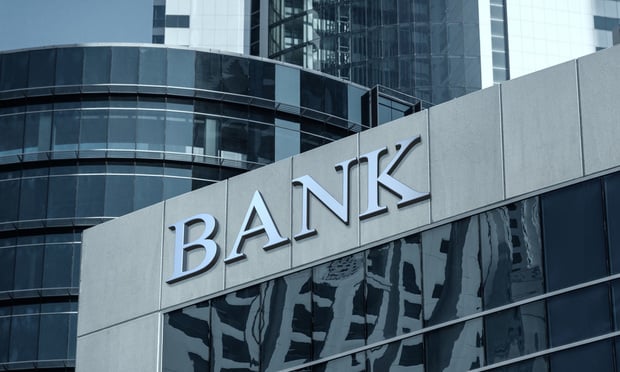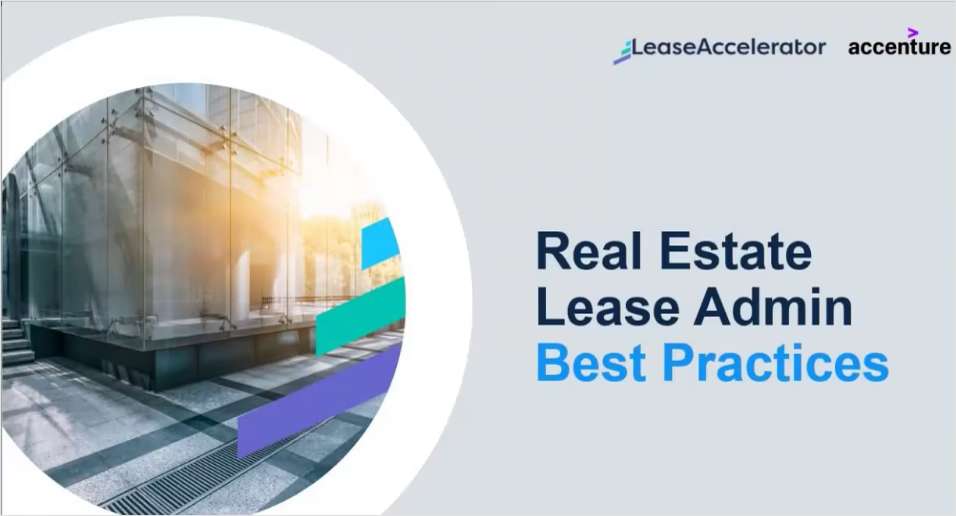NEW ORLEANS–This year the National Association of Real Estate Editors' ongoing annual conference is being held in New Orleans. It is a fitting location given the conference's theme, which is Sustainable Cities. And New Orleans, after all, is not only still standing but thriving some eleven years after Hurricane Katrina roared ashore the Mississippi Gulf Coast causing the levees to break and flood the city.
Of course, the story of New Orleans' survival and recovery does not automatically correlate with the commercial real estate industry's understanding of sustainability. We hear sustainability and we think LEED standards and Energy Star and project points so on. A more accurate definition of sustainability is the capacity to endure and as with NAREE's selection of New Orleans as host city for its conference, this definition as applied to CRE is particularly apt these days.
Commercial real estate is undergoing significant change in response to changing tastes and desires of consumers, to the inevitable demographic shifts, to the global economy and yes, in response to climate change as well. This narrative has underpinned many of the sessions at the conference, which is now entering its third and final day.
Consider the message from one of the first sessions of the conference by Jim Lee, 2016 chair of The Counselors of Real Estate. He presented a list of the top ten issues facing commercial real estate. Just about all of them had to do with changing trends and their impact on CRE. Millennials that prefer experiences over “stuff” and certainly Ubering or Lyfting over actually owning or even leasing a car. Retail centers can survive the now largest generation in the workforce that is not into shopping all that much, but only by changing its mix of tenants to emphasize, very heavily, entertainment and dining.
New technology, too, is taking aim at another asset class — industrial — currently the darling among the food groups. But once 3-D printing becomes mainstream, how will that affect the current industrial development and distribution model, Lee wondered. Is our current set up, well, sustainable?
If such talk is making you nervous one can take heart from the many experts speaking at the session about adaptive reuse and historical preservation. Indeed one of the more apt observations about the subject was made by Ben Carter CEO Quito Anderson who reminded us that for centuries store owners have lived above their establishments. The concept of mixed-use development is, in fact, quite old and, well, sustainable.
Anderson described a mixed-use project he has worked on in a city that peraps more than most, cherishes traditions — Savannah, GA. The project is called Broughton Street, and it consists of a mix of neighborhood stores, restaurants, residences, and offices that, while quite new, fit into the mold of what residents want in a community.
None of this is to say that the conference was solely focused on the industry's existential musings. Sessions also focused on housing prices and apartment rents — and of the two, which do Millennials prefer? Answer: neither as they are both too high in their opinion but with more supply entering the latter, rents are coming down per MPRF Research stats discussed in one session.
Workplace design and trends was also on the menu, with Cushman & Wakefield's Bryan Berthold giving a comprehensive overview of the changes underway in this area and how they are affecting the office asset class. One takeaway from his presentation, in fact, was the importance of change management. Which could be yet another definition for sustainability.
NEW ORLEANS–This year the National Association of Real Estate Editors' ongoing annual conference is being held in New Orleans. It is a fitting location given the conference's theme, which is Sustainable Cities. And New Orleans, after all, is not only still standing but thriving some eleven years after Hurricane Katrina roared ashore the Mississippi Gulf Coast causing the levees to break and flood the city.
Of course, the story of New Orleans' survival and recovery does not automatically correlate with the commercial real estate industry's understanding of sustainability. We hear sustainability and we think LEED standards and Energy Star and project points so on. A more accurate definition of sustainability is the capacity to endure and as with NAREE's selection of New Orleans as host city for its conference, this definition as applied to CRE is particularly apt these days.
Commercial real estate is undergoing significant change in response to changing tastes and desires of consumers, to the inevitable demographic shifts, to the global economy and yes, in response to climate change as well. This narrative has underpinned many of the sessions at the conference, which is now entering its third and final day.
Consider the message from one of the first sessions of the conference by Jim Lee, 2016 chair of The Counselors of Real Estate. He presented
New technology, too, is taking aim at another asset class — industrial — currently the darling among the food groups. But once 3-D printing becomes mainstream, how will that affect the current industrial development and distribution model, Lee wondered. Is our current set up, well, sustainable?
If such talk is making you nervous one can take heart from the many experts speaking at the session about adaptive reuse and historical preservation. Indeed one of the more apt observations about the subject was made by Ben Carter CEO Quito Anderson who reminded us that for centuries store owners have lived above their establishments. The concept of mixed-use development is, in fact, quite old and, well, sustainable.
Anderson described a mixed-use project he has worked on in a city that peraps more than most, cherishes traditions — Savannah, GA. The project is called Broughton Street, and it consists of a mix of neighborhood stores, restaurants, residences, and offices that, while quite new, fit into the mold of what residents want in a community.
None of this is to say that the conference was solely focused on the industry's existential musings. Sessions also focused on housing prices and apartment rents — and of the two, which do Millennials prefer? Answer: neither as they are both too high in their opinion but with more supply entering the latter, rents are coming down per MPRF Research stats discussed in one session.
Workplace design and trends was also on the menu, with Cushman & Wakefield's Bryan Berthold giving a comprehensive overview of the changes underway in this area and how they are affecting the office asset class. One takeaway from his presentation, in fact, was the importance of change management. Which could be yet another definition for sustainability.
Want to continue reading?
Become a Free ALM Digital Reader.
Once you are an ALM Digital Member, you’ll receive:
- Breaking commercial real estate news and analysis, on-site and via our newsletters and custom alerts
- Educational webcasts, white papers, and ebooks from industry thought leaders
- Critical coverage of the property casualty insurance and financial advisory markets on our other ALM sites, PropertyCasualty360 and ThinkAdvisor
Already have an account? Sign In Now
*May exclude premium content© 2024 ALM Global, LLC, All Rights Reserved. Request academic re-use from www.copyright.com. All other uses, submit a request to [email protected]. For more information visit Asset & Logo Licensing.









